- Learning time
- 20 minutes
- First play time
- 60 minutes
Dragon Castle
Designed by: Hjalmar Hach,Lorenzo Silva,Luca Ricci
Dragon Castle is an abstract game of collecting sets of tiles – and building a castle.
Inspired by the classic Chinese game of Mah-Jong, Dragon Castle comes with a very similar set of tiles, but utilises them differently. At the start of each game a ‘Dragon Castle’ is built on a central board, from which the players will take tiles. Each player has their own board where they’ll be building, and everyone starts with one Shrine that will be placed later. The basic game is pretty simple: On your turn you always take a tile from the top level of the Dragon Castle, as long as its long side is exposed (ie you can’t pull tiles from the middle, or slide them out by their short side). Then you have three options: 1.Take a matching tile from any level in the castle (following the same rules as above) and add them to your own castle. 2. Take another Shrine and add it to your supply, then add the single tile to your castle. Or 3. Discard the tile for a point.
The business end of this activity is how and when your own castle scores points. AS soon as you have four or more same-coloured tiles orthogonally-adjacent to each other, they flip over and you score points – bigger sets score more – and may add shrines on top of them. How many shrines you add depends on the colour of the tiles you flipped, with the caveat you need to have shrines in your supply in the first place. Flipped tiles can now be built over, which is important because at the end of the game shrines will score points, and the higher they are the more points they get you.
When a level in the dragon castle is cleared of tiles, players can start taking tiles from the next level down. When the bottom level is reached, players can forego taking a tile in order to Summon the Dragon by removing a token from the board, scoring them two points but also hastening the end of the game, which arrives when the exclamation mark under a Summon the Dragon token is revealed (this varies depending on the number of players).
Players total up their points scored during the game with their Shrines and any tokens they have – most points wins. The basic game can also be added to by introducing Spirit and Dragon cards for special abilities and special scoring.
The guru's verdict
-
Take That!
Take That!
No direct conflict, but one play is enough to reveal that what tiles you claim (and when you claim them) from the Dragon Castle can have a direct impact on opponents - each tile taken usually makes another available, and managing this can be key to success or failure.
-
Fidget Factor!
Fidget Factor!
Fairly low, although there may be the odd pause if best-laid-plans go awry.
-
Brain Burn!
Brain Burn!
The aim, ideally, is to score bigger sets (and 8-tile set is worth 8pts, whereas a set of 4 is only worth 2pts) and build Shrines as high as possible. But establishing those big sets takes time, and you may find opponents spot what you're up to and harpoon your efforts. And you can build higher quicker by flipping smaller sets faster...
-
Again Again!
Again Again!
There's a lot of variety here - multiple ways to lay out the Dragon Castle (including your own ideas!) plus the fact that tiles are laid our randomly. That's before you factor in the Spirit and Dragon cards, and the different strategies to try your hand at.

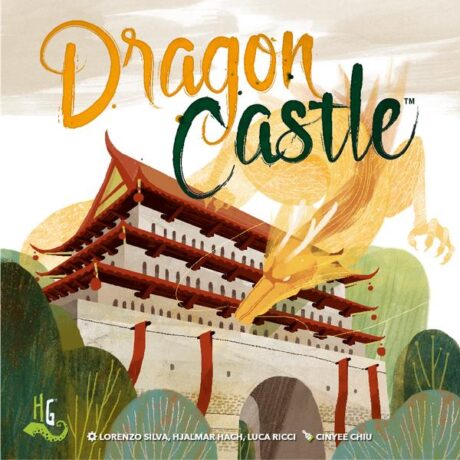



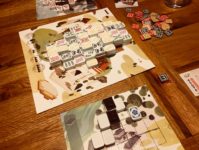


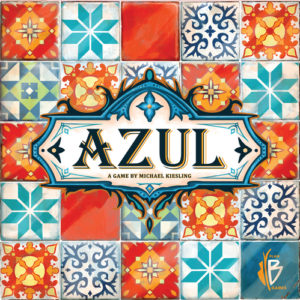
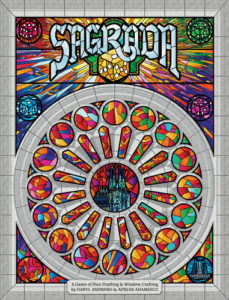
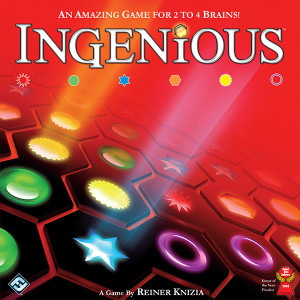
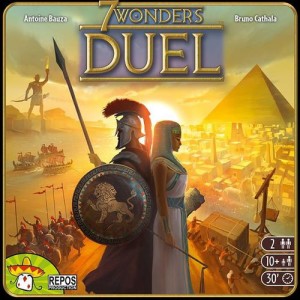
Sam says
I've only played Dragon Castle a few times but I'm really looking forward to revisiting it. I don't generally go for abstract games, but like Azul this really impressed me. I knew the game looked nice and I knew it had the gentle aspect of set-collecting and building. What I didn't realise was how clever it is - and how clever you have to be - when it comes to taking your tiles from the shared pool that is the Dragon Castle. Of course you want certain tiles for yourself, but it's best to also factor in - like Azul and 7 Wonders Duel - what you're leaving behind to be snaffled up by others - sometimes it's better to take less points for yourself in order to stop someone else getting a bonanza turn, and I like that underneath its seemingly gentle skin, Dragon Castle has a bit of cut and thrust to the play: lovely to look at, but with a pleasantly dark interior!